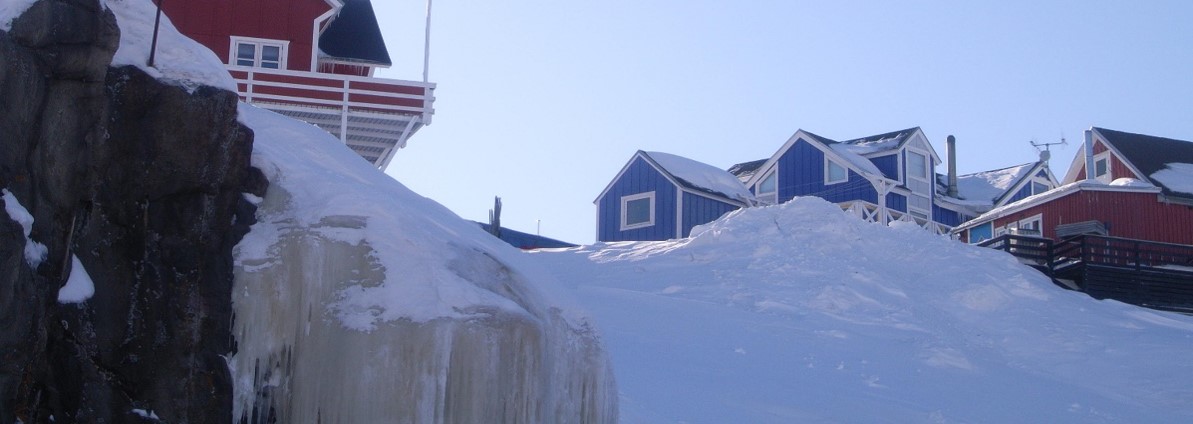Executive Summary
Domestic and industrial wastewater is water mixed with low amounts of different constituents, which makes the water potentially harmful for the environment and a health risk upon direct contact. Main components are nutrients and organic matter, which may cause no harm if diluted sufficiently upon outlet. However, at high concentrations those components may pose environmental risks, such as eutrophication and oxygen depletion in recipient areas. Industrial development has added other kinds of constituents, such as medical residues, chemicals, heavy metals, plastics and antibiotic resistant microorganisms. Environmental impacts from untreated wastewater have been documented in Arctic waters. Various levels and types of wastewater treatment concepts are applied around the circumpolar region, reaching from none to secondary treatment. Conventional treatment concepts particularly aim to remove organics and nutrients, however the new constituents are most often not removed by such treatment and require advanced treatment methods. Innovative approaches and systems are needed to reduce the impacts in a manner that is applicable in the arctic societal, infrastructural and climatic context.
Background
Conventional wastewater treatment systems are primarily developed for urban areas in temperate climates. Implementing conventional systems in small, remote and cold settlements requires high investment costs per capita and demands highly skilled labor, which is not feasible in such places. Conventional systems are also not capable of removing priority pollutants such as pharmaceuticals, personal care products and other water soluble chemicals. Pathogenic microorganisms and antibiotic resistance may be preserved longer in cold Arctic waters. Thereby they may spread to populations through locally caught wildlife or by human activity at the polluted areas.
Learning objectives
At the end of this lecture, students will:
- be able to characterize wastewater according to source and constituents
- understand the potential environmental impacts of wastewater discharge to the Arctic environment
- know the effects and limitations of conventional wastewater treatment at all levels
- understand the conceptual differences in current wastewater handling traditions in the circumpolar region, including their advantages and insufficiencies
- be able to suggest and discuss new and innovative wastewater treatment solutions tailored for the Arctic region


